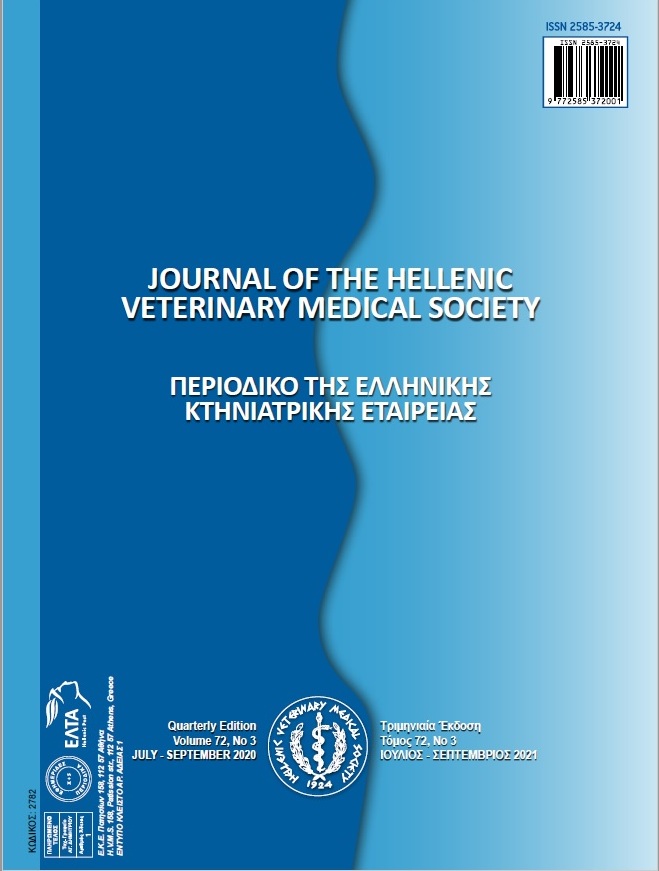Screening of AmpC-/ESBL-producing Escherichia coli isolates from livestock for STEC/EHEC virulence genes

Abstract
Livestock is an important reservoir of Shiga toxin-producing Escherichia coli and enterohemorrhagic E. coli (STEC/EHEC) strains and acts as a significant source of transmission to humans. In addition to the virulence of STEC/EHEC isolates, antibiotic resistance is also an escalating problem in these bacteria and increases the risk to public health. Therefore, the present study aimed to explore E. coli O157:H7 serotype and STEC/EHEC virulence genes in AmpC- and extended-spectrum beta-lactamase (ESBL)-producing E. coli isolates from cattle, chicken and sheep. A total of 61 confirmed AmpC- or ESBL-producing E. coli isolates were screened for the virulence genes (stx1, stx2, eae, ehxA, espP, katP and saa) and E. coli O157 (rfbO157) and H7 (fliCH7) genes by polymerase chain reaction (PCR). None of the ESBL-producing E. coli was positive for these genes, but six multidrug-resistant AmpC-producing E. coli were positive for the fliCH7 gene only. When considering the function of the H7 flagellar antigen of E. coli, it may be concluded that the development of ESBL/AmpC beta-lactamase production in the E. coli isolates with H7 flagella, which reside in the chicken intestine, may be potentially important for public health regarding both virulence and antimicrobial resistance.
Article Details
- How to Cite
-
PEHLIVANOGLU, F. (2021). Screening of AmpC-/ESBL-producing Escherichia coli isolates from livestock for STEC/EHEC virulence genes. Journal of the Hellenic Veterinary Medical Society, 72(3), 3147–3150. https://doi.org/10.12681/jhvms.28505
- Issue
- Vol. 72 No. 3 (2021)
- Section
- Research Articles

This work is licensed under a Creative Commons Attribution-NonCommercial 4.0 International License.
Authors who publish with this journal agree to the following terms:
· Authors retain copyright and grant the journal right of first publication with the work simultaneously licensed under a Creative Commons Attribution Non-Commercial License that allows others to share the work with an acknowledgement of the work's authorship and initial publication in this journal.
· Authors are able to enter into separate, additional contractual arrangements for the non-exclusive distribution of the journal's published version of the work (e.g. post it to an institutional repository or publish it in a book), with an acknowledgement of its initial publication in this journal.
· Authors are permitted and encouraged to post their work online (preferably in institutional repositories or on their website) prior to and during the submission process, as it can lead to productive exchanges, as well as earlier and greater citation of published work.


